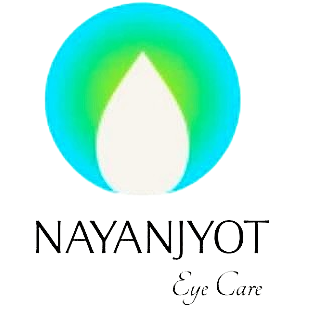Introduction To Laser Vision Correction

Refractive surgery to get rid of one’s spectacle power, has gained much popularity and acceptance in the recent past. This is foremost on account of technological advancements in this field that promise better safety, better accuracy and faster recovery. Refractive surgery is now a certified super speciality with fellowship courses that are available to train ophthalmologists to hone their skills in this field at top institutes.
Corneal Laser procedures are surface procedures, not intraocular surgeries; hence, the associated risks and complications are fewer. They essentially involve re-shaping the cornea by removing tissue from it with a laser. Corneal reshaping then allows the eye to focus rays of light on the retina and correct the refractive error. Refractive errors like myopia or short sightedness (minus numbers), hyperopia or long sightedness (plus numbers) and astigmatism (cylindrical numbers) can all be corrected with these surgical procedures. Health insurance policies provide coverage for these procedures when high refractive errors are being treated.
A normal corneal thickness and shape, which is tested with a scan called corneal topography, is mandatory to undergo this procedure. A minimum age criteria of 18-21 years and a stable refraction are also necessary. A quick 5-10 min procedure, without injection, without pain, no sutures, no eye pad, no bleeding makes the experience comfortable and appealing. Bladeless & flapless options like Relex SMILE or Femto – LASIK have made 100% safety a reality. High numbers upto -30D can also be corrected with customised phakic IOL options. Common side-effects can be postoperative glare, dryness, adaptation time to focus which usually recover in a couple of weeks. Long term complications are uncommon.
There are different laser surgeries at our disposal to achieve refractive error correction. The most advanced and latest procedures are lenticule-extraction based like ReLex SMILE- which are flapless, bladeless, without flap-associated risks and dryness. LASIK is a time-tested flap based procedure with many customisations and bladeless options available to achieve safe, effective and quick outcomes. Surface ablation which is a surface based laser procedure still has a place for correcting low refractive errors. Which procedure is suitable for an individual depends on multiple factors like the magnitude of error, corneal curvature and thickness, patients lifestyle and doctors preference. Phakic IOL options and lens based options like Presbyopic Lens Exchange are also offered when corneal laser procedure is not an option.
Spectacle freedom for admission in the army, navy, air force and police force or for adventure activities like scuba diving, trekking and sky-diving or professional demands of sportspersons, actors, and flight attendants have increased the demand for Laser Vision Correction. Freedom from contact lenses and associated eye dryness and allergies makes this one-time, permanent treatment a life changing alternative! Whatever the reason behind wanting it, the experience and reward it gives the patient are definitely fulfilling & worthwhile.

